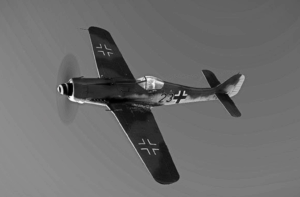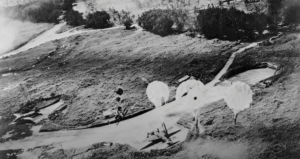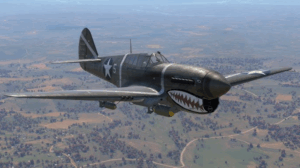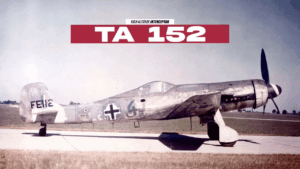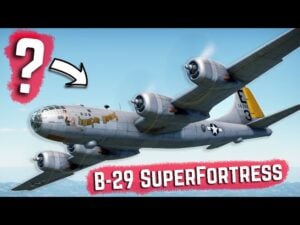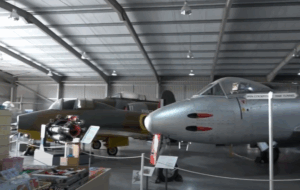The Dutch Aircraft Considered The Deadliest In All Europe

IHYLS / YouTube
The Netherlands’ Struggle to Stay Neutral in World War II
When people think about the Netherlands today, tulips, windmills, clogs, and stroopwafels come to mind. But during World War II, the Netherlands played a short but important part in early events. Although Germany overwhelmed them in just a few days, the Dutch had made serious efforts to defend themselves, even while trying to stay neutral.
The Netherlands had stayed out of the First World War by declaring neutrality and tried to do the same when tensions rose again in the 1930s. Germany publicly stated they would respect Dutch neutrality. In January 1937, Germany issued statements promising to honor Dutch and Belgian territories. However, behind the scenes, Germany was preparing for an invasion. After another public statement in October 1939, German military planning moved quickly toward attacking both Belgium and the Netherlands.
The Dutch government had believed that neutrality would protect them, and this slowed their efforts to rearm. The Great Depression also hurt their military spending. It was not until around 1938 or 1939 that the Netherlands started seriously rebuilding its forces. By then, it was too late. Factories could not produce enough modern weapons quickly, and there was little time to import equipment. The Dutch army had decent numbers on paper but few modern tanks, planes, or heavy artillery. Their military looked more like a force from World War I, not the late 1930s.

The Rise of Dutch Aviation: Fokker G.I, “The Reaper”
Still, there was one part of Dutch industry that stood out—aviation. Companies like Fokker had a good understanding of aircraft design and technology. One of the most impressive results was the Fokker G.I, a heavy fighter plane. This aircraft would later be nicknamed “the Reaper,” but some also called it the “Dutch Lightning” because it resembled the American Lockheed P-38 Lightning.
The Fokker G.I project began in 1936. At the time, the Dutch military was not asking for new planes, so Fokker developed it as a private venture. The company likely hoped that by showcasing a powerful design, they could encourage the Dutch government to invest more in defense. It was also possible they were aiming for sales to other countries that needed new fighters. The aircraft was designed by Fokker’s chief engineer, Erich Schatzki, and aimed to fill many roles at once, including interception, ground attack, and reconnaissance.
The G.I stood out for its unusual twin-boom tail design. While other fighters like Germany’s Bf 110 and France’s Potez 630 had traditional single tails, the G.I’s twin boom design likely improved stability and gave its rear gunner a clearer field of fire. Measuring about 10.87 meters in length, 17.16 meters in wingspan, and 3.8 meters in height, the G.I was close in size to its German and French rivals.

The Power and Firepower of the Fokker G.I
Early versions of the G.I were powered by two Hispano-Suiza Type 80 engines. At full power, each engine could reach about 750 horsepower, although they usually operated closer to 500 horsepower each. This allowed the G.I to reach a top speed of about 260 miles per hour. While this speed was slightly slower than early versions of the Bf 110 and Potez 630, the G.I made up for it with its impressive firepower.
The initial version of the G.I carried two 23mm cannons and two 7.9mm machine guns in the nose, along with a single 7.9mm machine gun for defense in the rear. Compared to its rivals, this was significant. The early Bf 110 carried four 7.9mm machine guns without cannons, and the Potez 630 had only a single 7.5mm forward-firing machine gun. Later versions of the G.I could even be fitted with eight forward-firing 7.9mm machine guns, giving it serious firepower for dogfighting and ground attacks.
In addition to guns, the G.I could carry between 660 and 880 pounds of bombs, depending on the version. This bomb load matched or exceeded what its German and French counterparts could manage. When the G.I was first shown to the world at the 1936 Paris Air Show, it made a strong impression. Aviation magazines in the United States praised it as one of the deadliest new fighters in Europe, and foreign military buyers showed serious interest, including representatives from Spain.














